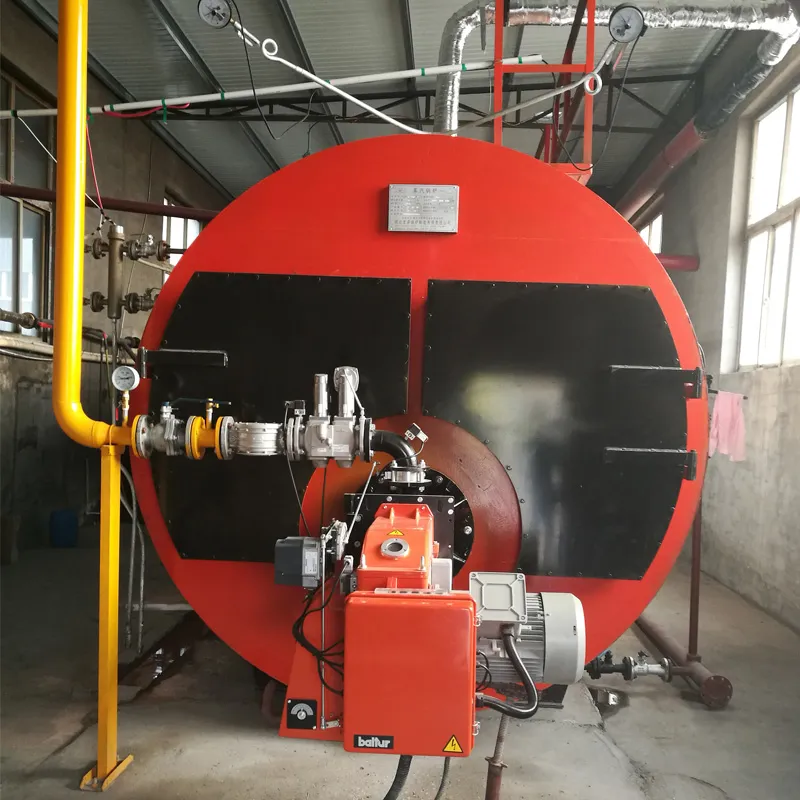
Nov . 01, 2024 18:27 Back to list
Design Principles and Considerations for Efficient Steam Boiler Systems
Understanding Steam Boiler Design Key Principles and Considerations
Steam boilers are critical components in various industrial applications, providing the necessary steam for heating, power generation, and processes. The design of a steam boiler is a complex task that involves numerous engineering principles and safety considerations. This article delves into the fundamental aspects of steam boiler design, emphasizing efficiency, safety, and operational reliability.
At the heart of steam boiler design is the thermodynamic principle. Boilers operate on the concept of converting water into steam through the application of heat. The efficiency of this process can significantly influence operational costs and energy consumption. A well-designed boiler minimizes heat losses and maximizes output. Factors such as boiler configuration, material selection, and heat transfer mechanisms play a critical role in determining efficiency levels.
Understanding Steam Boiler Design Key Principles and Considerations
Material selection is another critical aspect of boiler design. Materials must withstand high temperatures, pressures, and corrosive conditions. Common materials include carbon steel and stainless steel, chosen for their strength and resistance to wear. Additionally, boiler components such as tubes, drums, and fittings must be designed to handle the physical stresses imposed during operation. Appropriate material selection not only enhances boiler lifespan but also ensures safety by minimizing the risk of failure.
steam boiler design pdf

Safety is paramount in steam boiler design. Engineers must incorporate several safety features to protect both personnel and equipment. This includes the installation of pressure relief valves, water level controls, and automatic shutdown systems. Rigorous adherence to industry standards and regulations, such as ASME (American Society of Mechanical Engineers) guidelines, is essential in ensuring that the boiler operates safely within predetermined parameters.
Furthermore, the design process must account for future maintenance and inspection needs. Accessibility to critical components simplifies routine maintenance tasks, reducing downtime and enhancing reliability. Incorporating modular design elements can facilitate easier repairs and replacements, which is essential for maintaining continuous plant operations.
In recent years, advancements in technology have introduced innovative design approaches, such as computer-aided design (CAD) software and simulation tools. These technologies enable engineers to model boiler systems effectively, optimizing performance and identifying potential issues before construction.
In conclusion, steam boiler design is a multifaceted process that encompasses thermodynamics, structural engineering, material science, and safety considerations. A successful boiler not only achieves high efficiency but also ensures operating safety and ease of maintenance. As industries continue to evolve, the focus on innovative designs and sustainable practices will pave the way for more efficient steam boiler systems, contributing to improved energy utilization and reduced environmental impact.
-
High-Efficiency Commercial Oil Fired Steam Boiler for Industry
NewsJul.30,2025
-
High-Efficiency Biomass Fired Thermal Oil Boiler Solutions
NewsJul.30,2025
-
High Efficiency Gas Fired Thermal Oil Boiler for Industrial Heating
NewsJul.29,2025
-
High-Efficiency Gas Fired Hot Water Boiler for Sale – Reliable & Affordable
NewsJul.29,2025
-
High Efficiency Biomass Fired Hot Water Boiler for Industrial and Commercial Use
NewsJul.29,2025
-
High-Efficiency Biomass Fired Hot Water Boiler for Industrial Use
NewsJul.28,2025
Related PRODUCTS






















